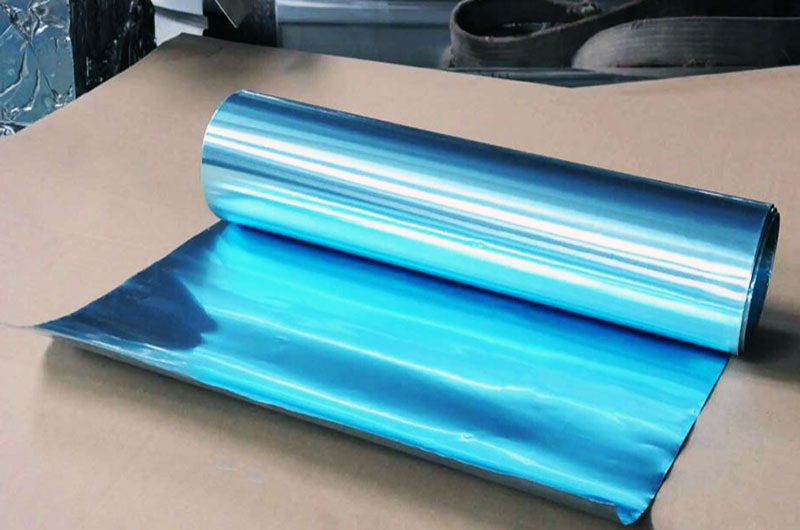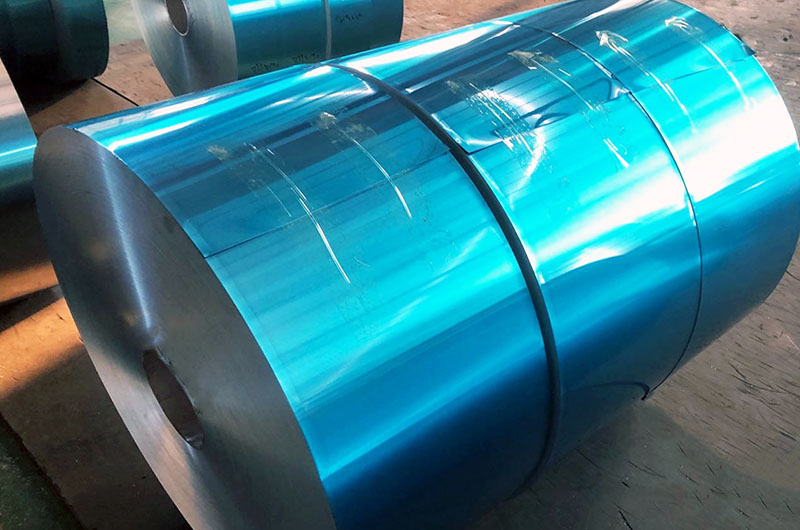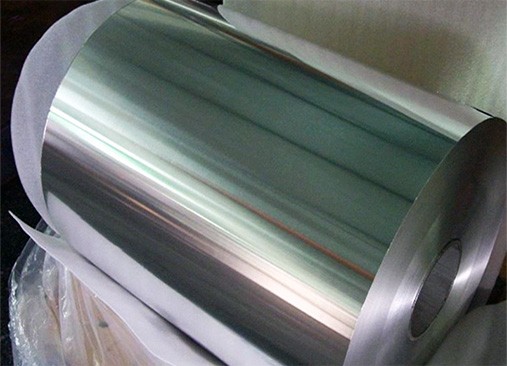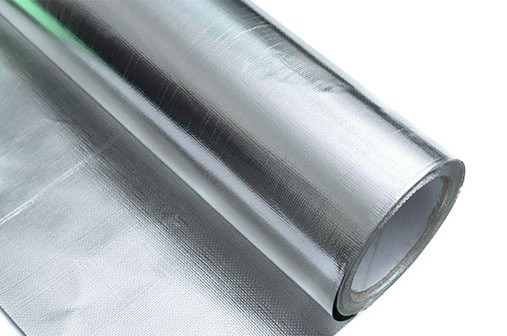- Introduction
- I. Understanding Air Conditioning Aluminum Foil
- II. Categories of Air Conditioning Aluminum Foil
- III. Manufacturing Processes
- IV. Applications of Air Conditioning Aluminum Foil
- Conclusion
Introduction
Air conditioning has become an indispensable part of our daily lives, providing comfort and maintaining optimal indoor environments. Behind the scenes of this cooling technology, various components play crucial roles, and one such essential element is air conditioning aluminum foil. This article aims to provide a detailed analysis of air conditioning aluminum foil, exploring its various categories, manufacturing processes, and applications.

I. Understanding Air Conditioning Aluminum Foil
1.1 Composition and Structure
Air conditioning aluminum foil is primarily composed of aluminum alloy, a lightweight and corrosion-resistant material. Its structure is carefully designed to meet the demanding requirements of air conditioning systems. The foil is typically thin and possesses excellent thermal conductivity, allowing it to efficiently transfer heat.
1.2 Importance in Heat Exchangers
One of the primary applications of air conditioning aluminum foil is in heat exchangers. These components are pivotal in the heat transfer process within air conditioning units. Aluminum foil's high thermal conductivity ensures the effective exchange of heat between the refrigerant and the surrounding air, contributing to the overall efficiency of the air conditioning system.
II. Categories of Air Conditioning Aluminum Foil
Hydrophilic aluminum foil is a category specially designed to enhance the efficiency of heat exchangers. This type of foil undergoes a hydrophilic treatment, which modifies its surface to attract and hold water. This hydrophilic property promotes better water drainage and ensures efficient heat exchange, particularly in humid conditions.
In contrast to hydrophilic aluminum foil, hydrophobic aluminum foil is engineered to repel water. This type of foil is suitable for air conditioning systems operating in dry environments, preventing water retention and potential damage to the heat exchanger. Hydrophobic foils are particularly favored in arid climates where humidity levels are low.

2.3 Plain Aluminum Foil
Plain aluminum foil, also known as bare foil, lacks the hydrophilic or hydrophobic treatments found in specialized foils. It is a versatile option used in various components of air conditioning systems, such as air ducts and insulation. The lack of surface treatment makes plain aluminum foil cost-effective and applicable in a wide range of environmental conditions.
2.4 Coated Aluminum Foil
Coated aluminum foil involves an additional layer or coating on the surface of the foil to enhance specific properties. Common coatings include anti-corrosive layers, protective films, or coatings that improve thermal resistance. This category provides an added layer of durability and performance customization to meet specific air conditioning requirements.
III. Manufacturing Processes
3.1 Rolling Process
The manufacturing of air conditioning aluminum foil involves a series of intricate processes, with rolling being a fundamental step. During the rolling process, aluminum ingots are passed through multiple rollers to achieve the desired thickness. This process determines the foil's mechanical properties and ensures uniform thickness, crucial for its performance in air conditioning systems.
3.2 Surface Treatment
After the rolling process, aluminum foil undergoes surface treatments based on its intended application. For hydrophilic foils, a hydrophilic treatment is applied to enhance water absorption. Conversely, hydrophobic foils receive a coating that repels water. The choice of treatment depends on the specific requirements of the air conditioning system where the foil will be utilized.
3.3 Coating Application
In the case of coated aluminum foil, additional coatings are applied to impart specific characteristics. Anti-corrosive coatings protect the foil from environmental elements, while thermal resistance coatings enhance its heat transfer capabilities. Coating application is a critical step that requires precision to ensure the foil's optimal performance throughout its operational life.
IV. Applications of Air Conditioning Aluminum Foil
4.1 Heat Exchangers
As previously mentioned, air conditioning aluminum foil finds extensive use in heat exchangers. Whether hydrophilic or hydrophobic, the foil's ability to facilitate efficient heat exchange is crucial for the overall performance of air conditioning units. Heat exchangers are integral components that contribute significantly to the system's energy efficiency and cooling capacity.
4.2 Air Ducts and Insulation
Plain aluminum foil is commonly employed in the fabrication of air ducts and insulation within air conditioning systems. Its lightweight nature and malleability make it easy to work with during installation. The foil serves as a barrier, preventing the escape of conditioned air and contributing to the overall energy efficiency of the system.
4.3 Refrigerant Lines
Coated aluminum foil, with its protective coatings, is often used in refrigerant lines. These lines are responsible for transporting refrigerants within the air conditioning system. The coatings help resist corrosion and maintain the integrity of the foil, ensuring the longevity and reliability of the refrigerant lines.
Conclusion
air conditioning aluminum foil is a critical component that plays a vital role in the efficiency and functionality of air conditioning systems. The categorization into hydrophilic, hydrophobic, plain, and coated foils allows for customization based on specific environmental conditions and performance requirements.
Understanding the manufacturing processes and applications of these foils provides valuable insights into the intricate world of air conditioning technology. As technology advances, continuous innovations in aluminum foil design and manufacturing will likely contribute to even greater energy efficiency and sustainability in air conditioning systems.
Informations you may be interested in:
- Which is better, hydrophilic aluminum foil or copper foil for air conditioners
- Hydrophilic aluminum foil vs non-hydrophilic aluminum foil
- Solutions to hydrophilic aluminum foil problems
- What is Hydrophilic Aluminum Foil?
- Hydrophilic aluminum foil performance indicators
- Factors Affecting the Hydrophilicity of Hydrophilic Aluminum Foil
- What components in air conditioning systems use aluminum foil?
- How is aluminum foil used for thermal insulation in air conditioning systems?
- Can aluminum foil be used in outdoor air conditioning units?
- What kind of material is air conditioning aluminum foil made of and what are its



